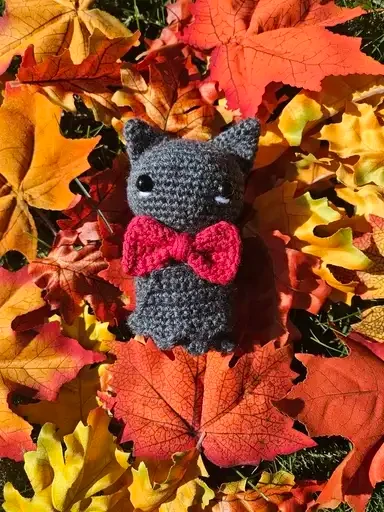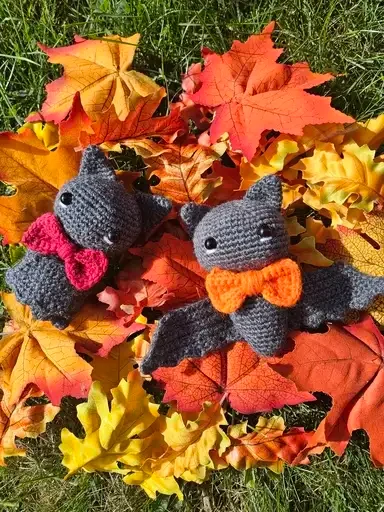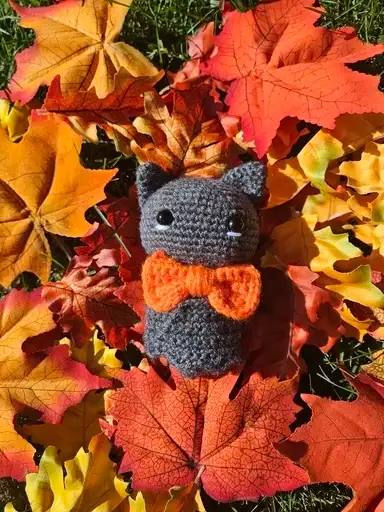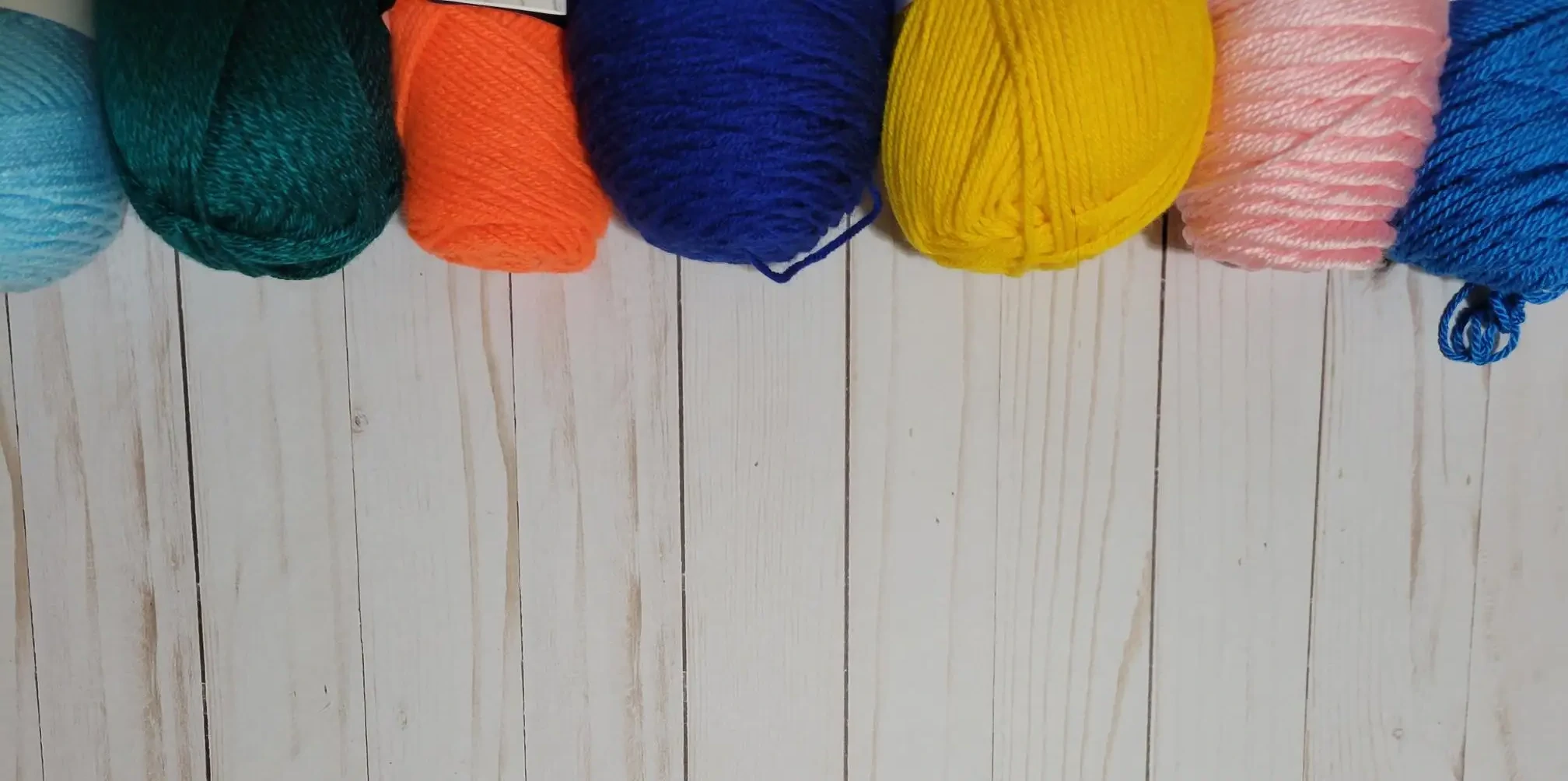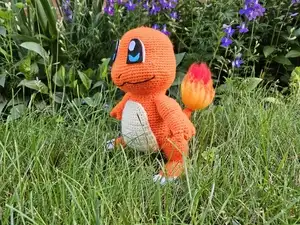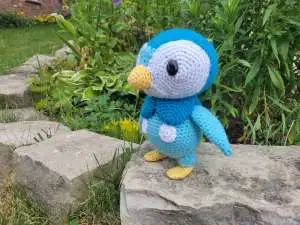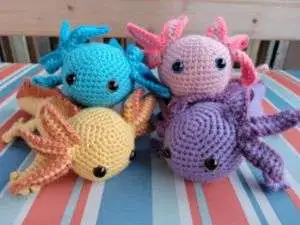Bat - Amigurum pattern
|
I created the this bat pattern as I was wanting to make a seaonal crochet pattern, but that was something people wanted all year round. .I was floored to find out they are real, and their real life counter parts are even more cute! I knew right away that they would be perfect for a crochet pattern. I create this pattern looking at images of them on the internet. In addition, I posted asking if people would be interested in the pattern for them once I had on made and come to find out people have them as pets! This pattern has been made for beginners in mind, try making it easier for a beginner. The body and head is a single in the round crochet, so save on some of the sewing. You will love this easy amigurumi pattern for how to crochet a bat. This project is great for beginners and can be completed in about 3 hours. What are you waiting for? This pattern I think turned out extremely well. Thank you to all the pattern testers! If you do use this pattern please @CrochetCacheCA on social media. I would love to see the results! |
Here is what you will need to make one yourself:
- Two colours of Weight 4 - Medium / Worsted yarn
- Crochet hook 3.5mm
- Bent Yarn needle (helps with assembly
- 10mm safety eyes
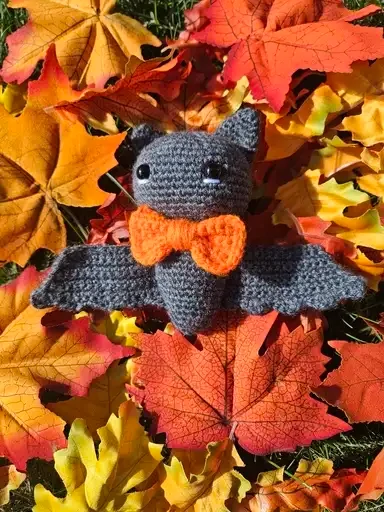
The intricate bat crochet pattern showcases delicate wings and pointed ears, making it a perfect addition to any spooky collection!
Here are some facts about Bats
- Many bats use echolocation to navigate and hunt for insects, emitting high-frequency sounds that bounce back to help them locate prey.
- Some bat species are important pollinators for plants like agave and fruit trees, aiding in the production of foods like tequila and bananas.
- Bats can live surprisingly long, with some species living over 30 years in the wild.
- While many bats eat insects, others consume fruit, nectar, or even small vertebrates like fish and frogs.
- Bat wings are made of a thin membrane of skin stretched between elongated finger bones, allowing for agile flight.
- Bats have been part of folklore and mythology in many cultures, often symbolizing the unknown or representing transformation.
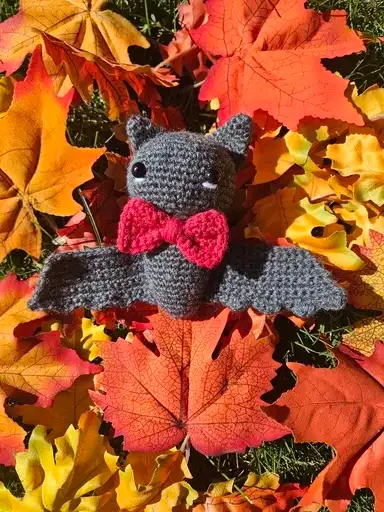
Conclusion
